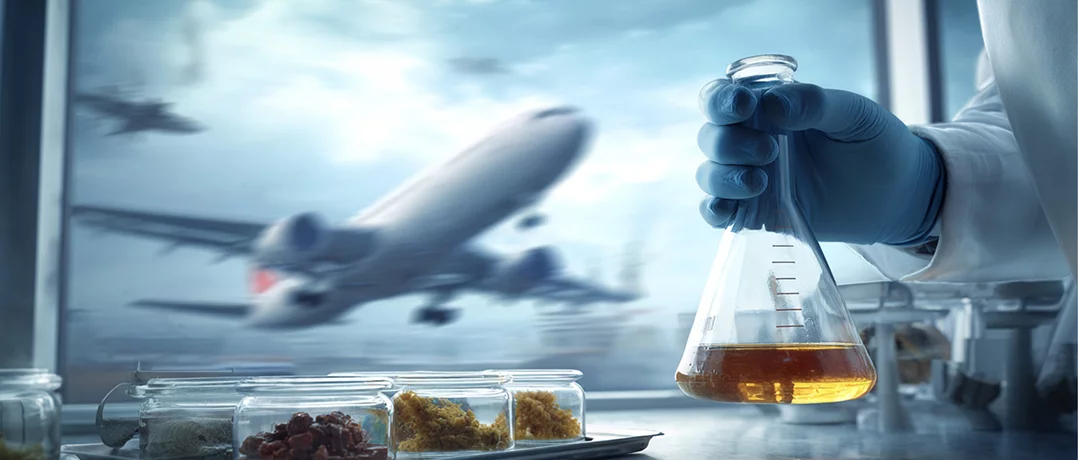Waste-to-Fuel innovation: University researchers turn leftover food into sustainable aviation fuel, aiming to cut aviation’s carbon footprint.
Your leftovers could soon fuel a fight across the Atlantic
Your leftovers could soon fuel a fight across the Atlantic


Could your leftover pizza power a transatlantic flight? Scientists at the University of Illinois Urbana-Champaign are making it possible, converting food waste into sustainable aviation fuel (SAF) that could help the aviation industry cut carbon emissions.
The team uses hydrothermal liquefaction (HTL), a process that mimics how crude oil forms in nature. Wet food waste is exposed to high heat and pressure, producing a “biocrude” oil. This oil is then refined using catalysts to remove oxygen, nitrogen, and sulfur, resulting in a fuel that meets ASTM and FAA standards for commercial aircraft.
“Food waste is an untapped resource,” said Professor Yuanhui Zhang, lead researcher.
We’re turning something that would release greenhouse gases in landfills into drop-in jet fuel.
The stakes are high. Aviation accounts for a growing share of global emissions, and roughly 30% of food produced worldwide is wasted, often ending up in landfills as methane. Converting this waste into fuel tackles emissions while creating renewable energy.
Challenges remain. Lab-scale production yields are currently modest, and scaling up will require efficient waste collection, industrial refining, and economic feasibility. The researchers stress that partnerships with the aviation industry will be key to bringing this technology to airports worldwide.
Beyond aviation, the process could turn other wet biomass, like algae, sewage sludge, or agricultural residues, into fuels or industrial chemicals, supporting a circular bioeconomy.
“This isn’t a magic solution,” Zhang added. “But it’s a step toward turning waste into value and flights into cleaner skies.”
Fact Box:
Process: Hydrothermal liquefaction of wet food waste
Fuel produced: Biocrude refined into sustainable aviation fuel
Lab yield: ~6.9% of feedstock converts into usable SAF
Next steps: Scaling production, refining supply chains, commercial adoption
As airlines look for greener alternatives, even yesterday’s leftovers could become tomorrow’s jet fuel.


